By controlling the coalescence of multiple unidirectional grains on vicinal sapphire substrates, wafer-scale channels of single-crystalline molybdenum disulfide can be grown, which exhibit coherent quantum transport across large length scales.
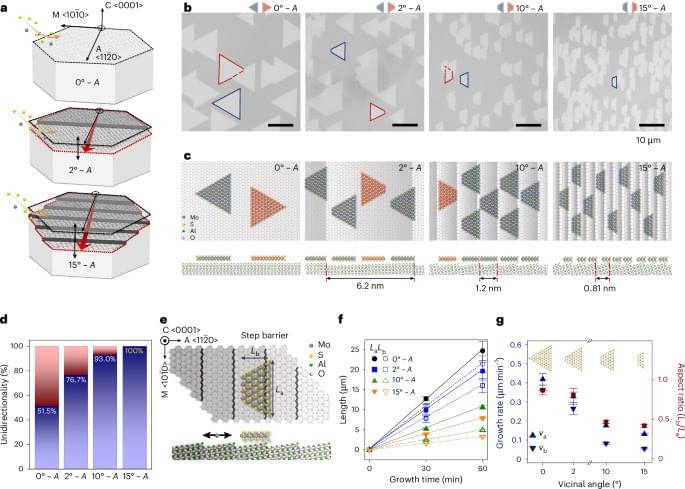


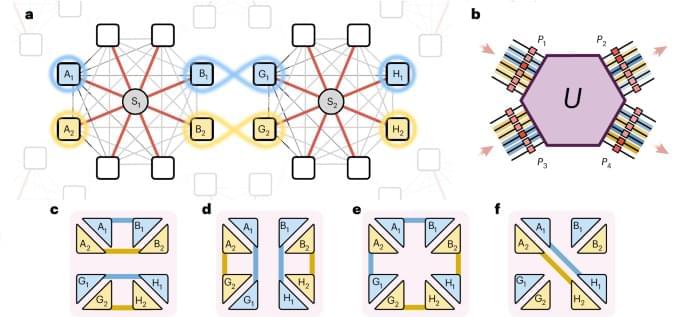
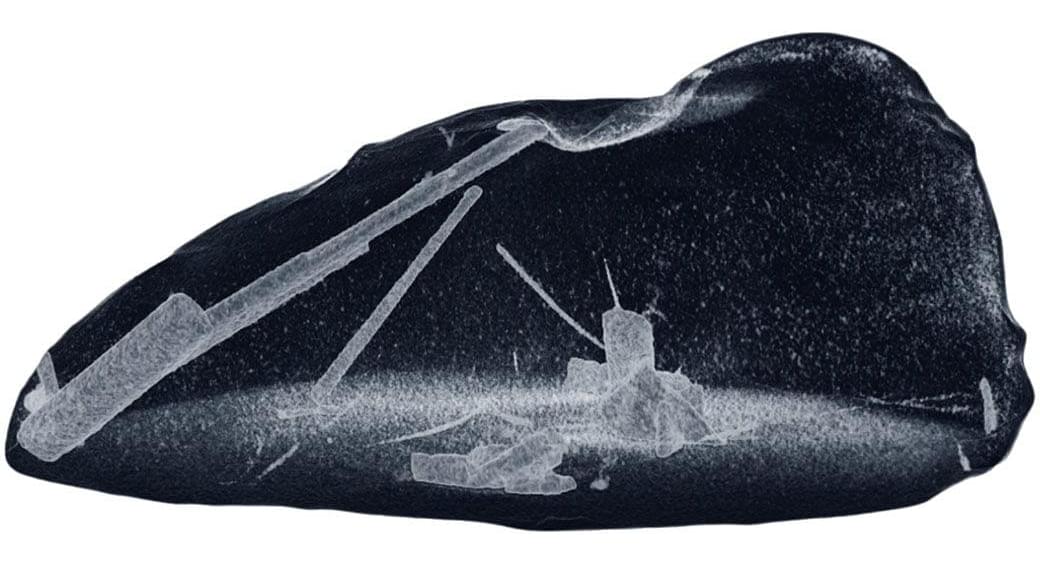
The delicate internal structure of platinum crystals growing in liquid metal has been revealed, according to new research employing a powerful X-ray technique that reveals new implications for quantum computing.
UNSW Professor Kourosh Kalantar-Zadeh, with the University of New South Wales (UNSW), led the study, which was reported in a recent paper in Nature Communications. The team behind the project has a history of specializing in exploiting liquid metals to produce new materials and green catalysts that improve industrial chemical reactions.


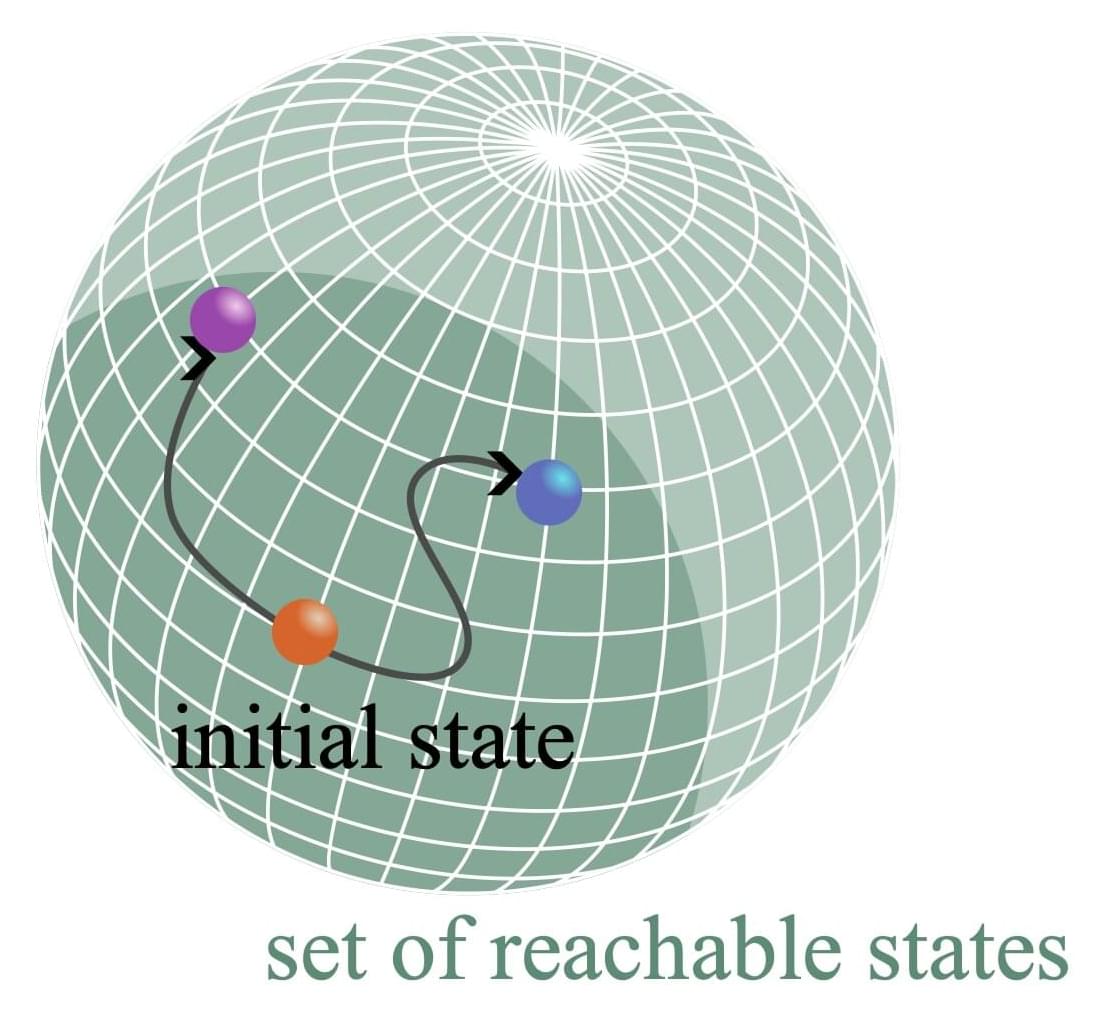
Quantum thermal machines are devices that leverage quantum mechanical effects to convert energy into useful work or cooling, similarly to traditional heat engines or refrigerators. Thermodynamics theory suggests that increasing the reliability with which all thermal machines produce the same thermodynamic processes in time comes at a cost, such as the wasted heat or the need for extra energy.
Drawing from theories and concepts rooted in thermodynamics, physicist Yoshihiko Hasegawa at the University of Tokyo recently set out to pinpoint the limits that would constrain the precision of finite-dimensional quantum thermal machines. In a recent paper, published in Physical Review Letters, he delineates these limits and shows that quantum coherence could reduce fluctuations, improving the accuracy of quantum thermal machines.
“Thermodynamic uncertainty relations have clarified an important ‘no free lunch’ principle: if you want an operation to be more precise, you must pay more thermodynamic cost, i.e., entropy production,” Hasegawa told Phys.org. “However, those thermodynamic uncertainty relations do not forbid, in principle, pushing entropy production arbitrarily high.

In spaces smaller than a wavelength of light, electric currents jump from point to point and magnetic fields corkscrew through atomic lattices in ways that defy intuition. Scientists have only ever dreamed of observing these marvels directly.
Now Princeton researchers have developed a diamond-based quantum sensor that reveals rich new information about magnetic phenomena at this minute scale. The technique uncovers fluctuations that are beyond the reach of existing instruments and provides key insight into materials such as graphene and superconductors. Superconductors have enabled today’s most advanced medical imaging tools and form the basis of hoped-for technologies like lossless powerlines and levitating trains.
The underlying diamond-based sensing methods have been under development for half a decade. But in a Nov. 27 paper in Nature, the team reported roughly 40 times greater sensitivity than previous techniques.

For decades, physicists have dreamed of a quantum internet: a planetary web of ultrasecure communications and super-powered computation built not from electrical signals, but from the ghostly connections between particles of light.
Now, scientists in Edinburgh say they’ve taken a major step toward turning that vision into something real.
Researchers at Heriot-Watt University have unveiled a prototype quantum network that links two smaller networks into one reconfigurable, eight-user system capable of routing and even teleporting entanglement on demand.
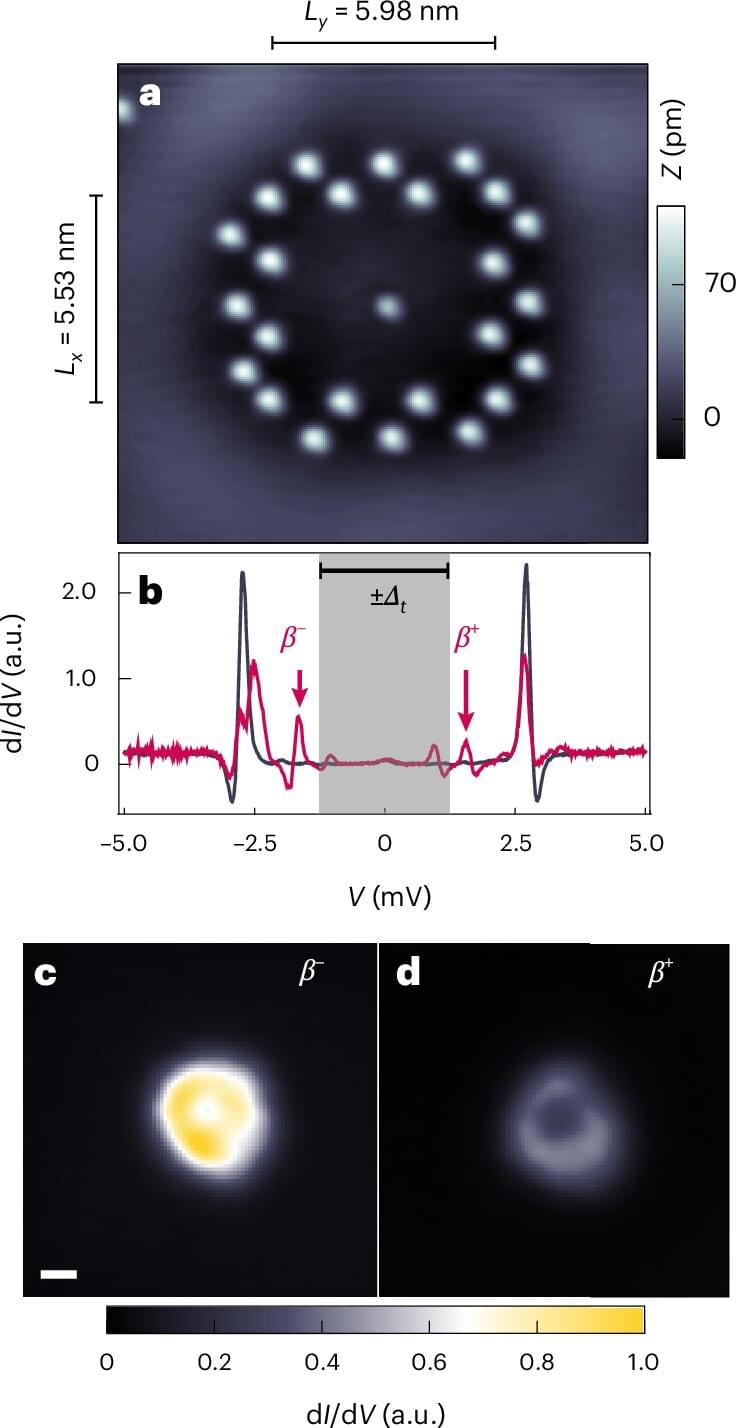
Hybrid materials made of magnets and superconductors give rise to fascinating quantum phenomena, which are so sensitive that it is crucial to measure them with minimal interference. Researchers at the University of Hamburg and the University of Illinois Chicago have now demonstrated, both experimentally and theoretically, how these quantum phenomena can be detected and controlled over longer distances using special techniques with a scanning tunneling microscope.
Their findings, which could be important for topological quantum computers, were published in the journal Nature Physics.
When a magnetic atom is located in a superconductor, so-called Yu-Shiba-Rusinov quasiparticles are created. Normally, they can only be measured with a high detection probability directly at the location of the atom using the tip of a scanning tunneling microscope.